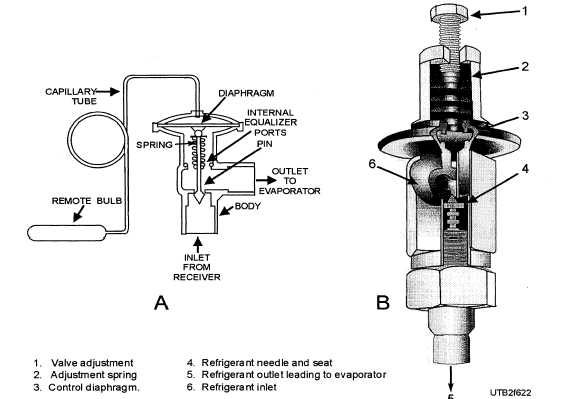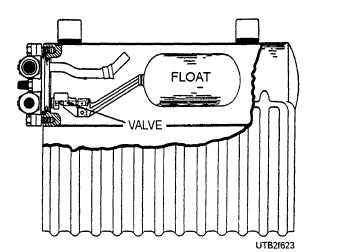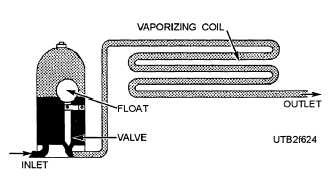
Figure 6-22. - A. Thermostatic expansion valve; B. Automatic expansion valve.
refrigerant to absorb heat from the evaporator. Second, it applies higher pressure to the bottom of the diaphragm, forcing it upward, tending to close the valve. And third, it reduces the degree of superheat by forcing more refrigerant through the suction line.
Low-Side Float Expansion Valve. - The low-side float expansion valve (fig. 6-23) controls the liquid refrigerant flow where a flooded evaporator is used. It consists of a ball float in either a chamber or the evaporator on the low-pressure side of the svstem.
The float actuates a needle valve through a lever mechanism. As the float lowers, refrigerant enters through the open valve; when it rises, the valve closes.
High-Side Float Expansion Valve. - In a high-side float expansion valve (fig. 6-24), the valve float is in a liquid receiver or in an auxiliary container on the high-pressure side of the system. Refrigerant from the condenser flows into the valve and immediately opens it, allowing refrigerant to expand and pass into the evaporator. Refrigerant charge is critical. An overcharge of the system floods back and damages the compressor. An undercharge results in a capacity drop.

Figure 6-23. - A low-side float expansion valve.

Figure 6-24. - A high-side float expansion valve.
Continue Reading